
Durst is Established and Introduces the First Modern Photographic Enlarger.
Durst Image Technology US, LLC » History

Durst is Established and Introduces the First Modern Photographic Enlarger.
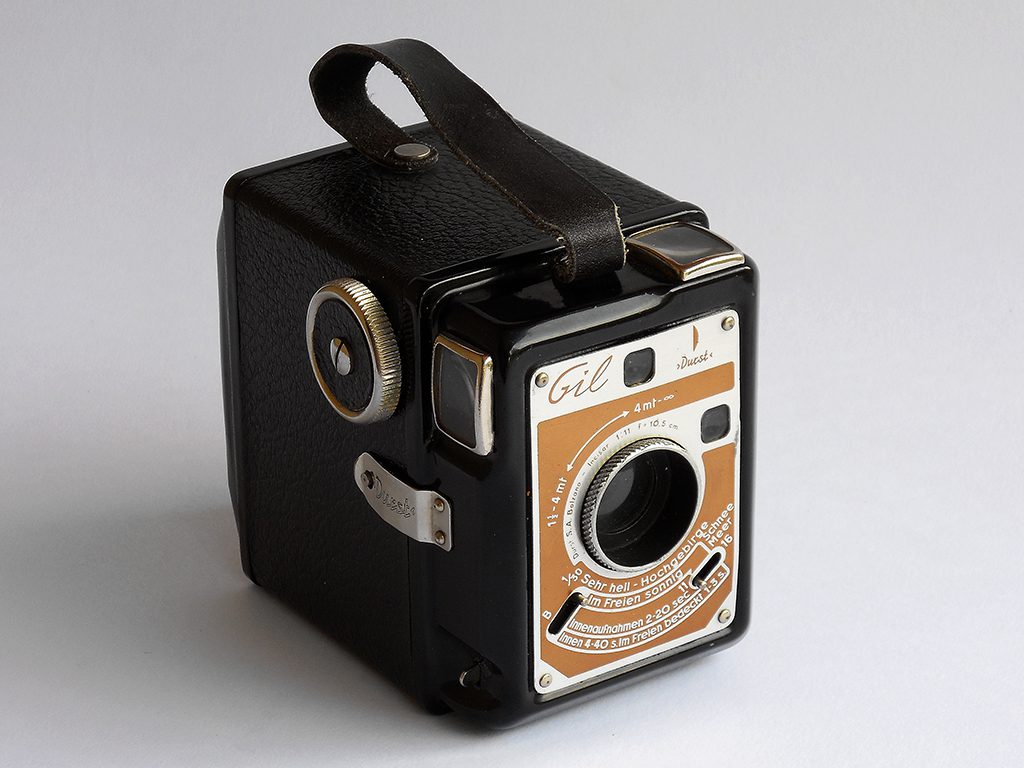
1938 - First 6x9cm Film Camera, Gil;
1956 - First 35mm Film Camera with Automatic Exposure, Automatica;
1982: First Computer Controlled Professional Enlarger
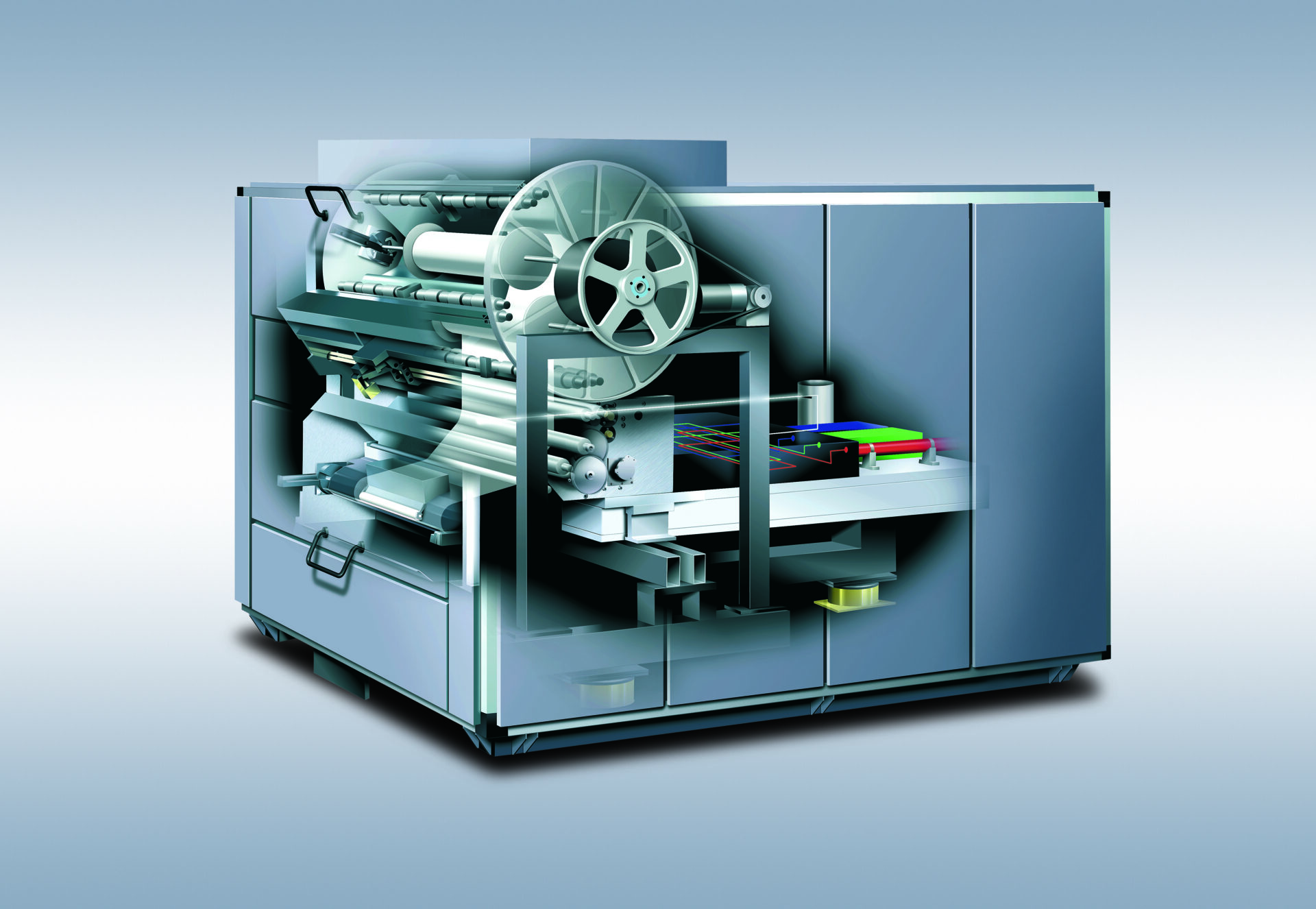
Introduces Lambda Large Format Digital Laser Imager
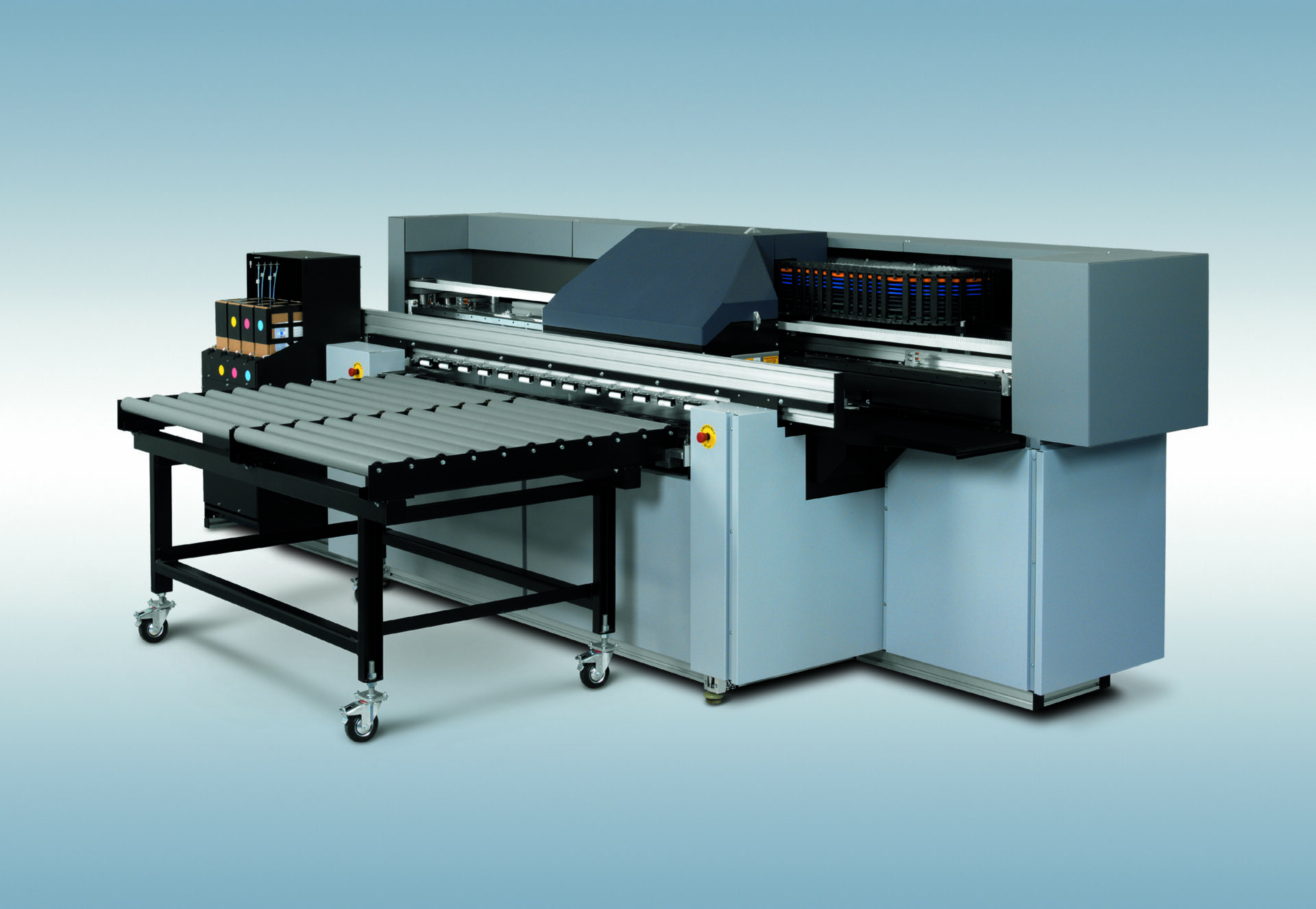
Durst US is established and Introduces Rho Series of Large Format Digital Printers
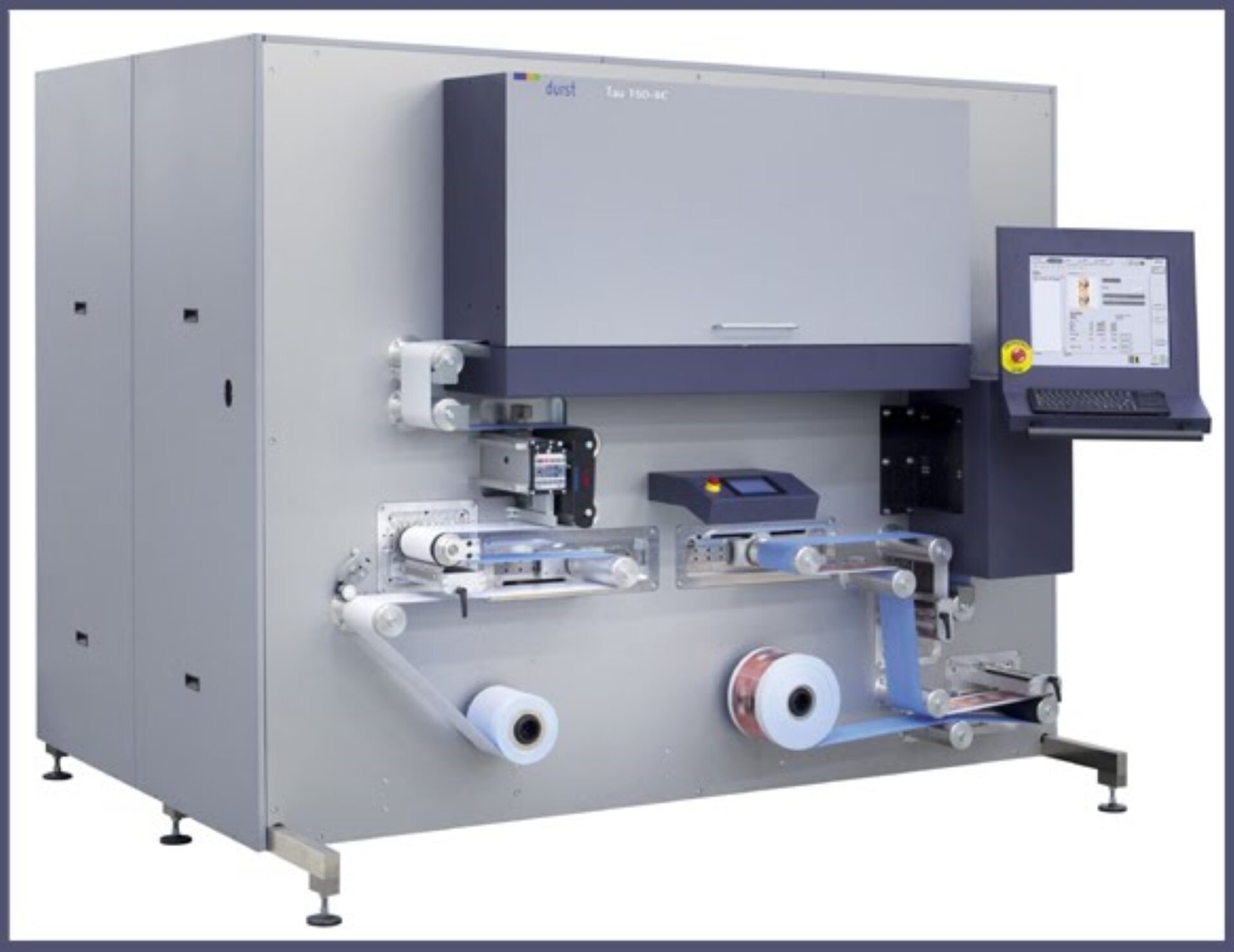
Introduces Tau Series of Digital Label Printers

Durst US Acquires Canada. Durst North America is established.
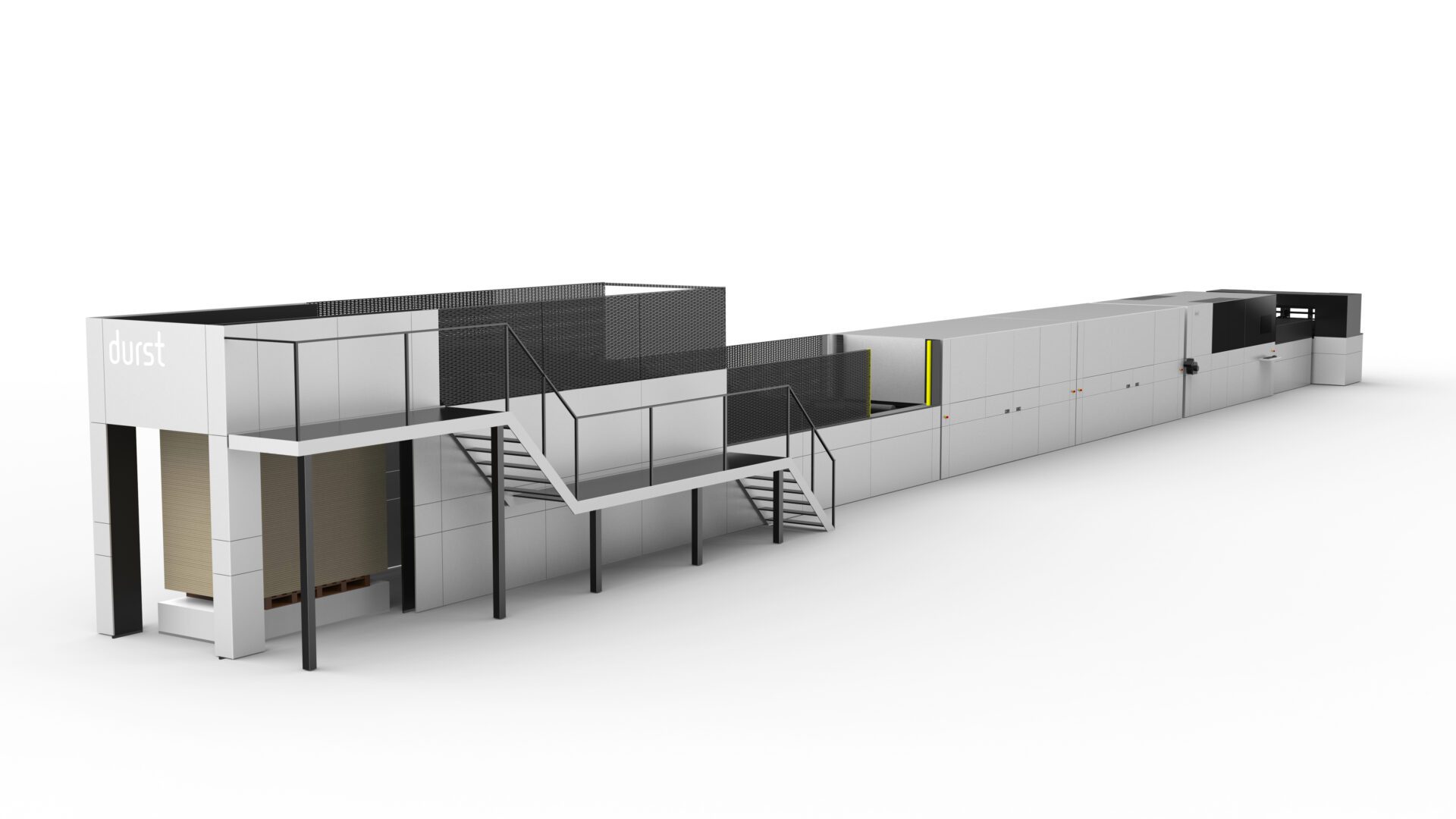
Delta SPC 130 Single Pass Delta WT 250 Best New Technology
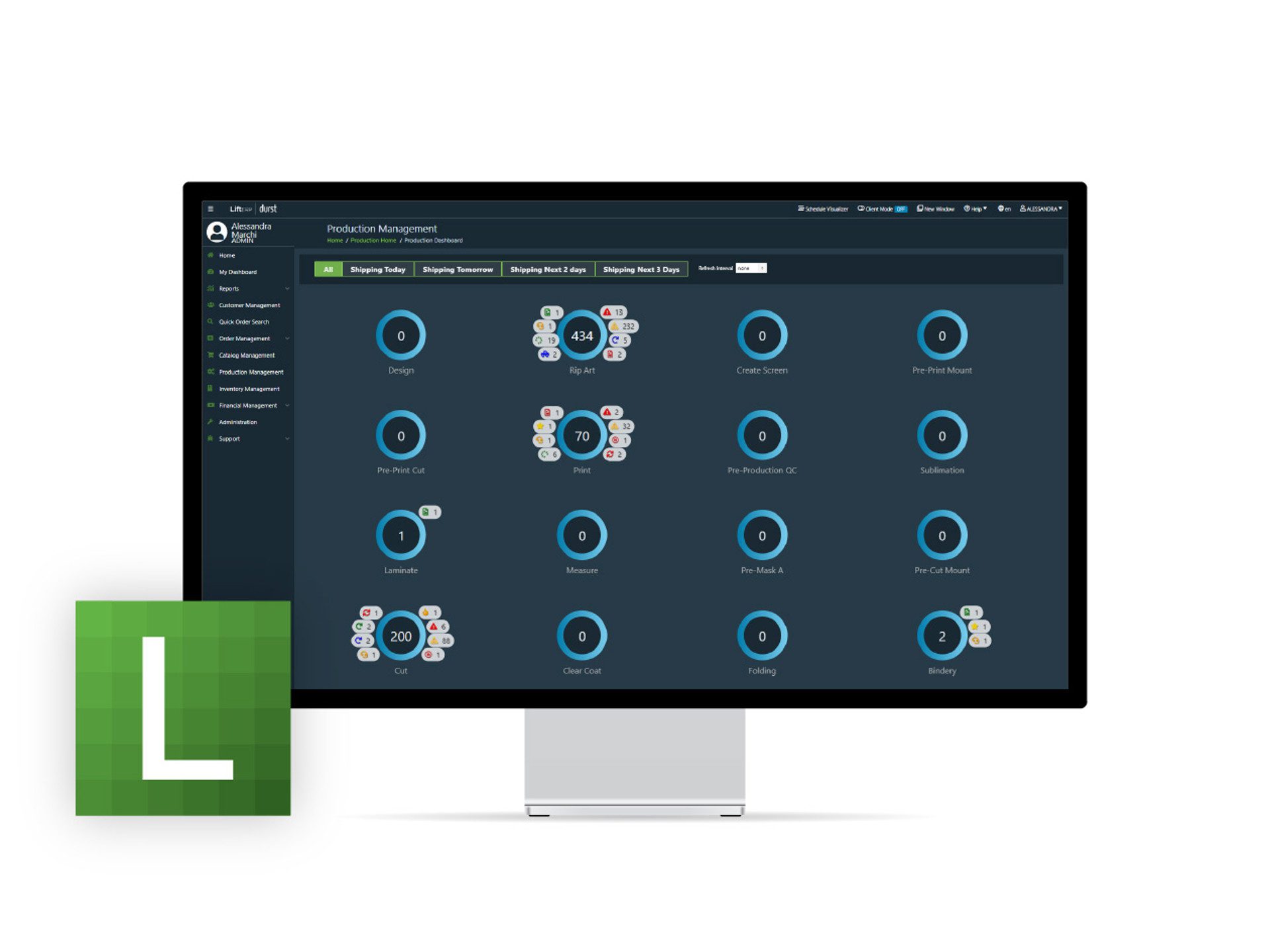
Starts joint venture for Lift Software and Launches P5 Platform of Large Format Digital Printers and Workflow, Analytics and Smart Shop Software Solutions.

Delta SPC 130 Single Pass Delta WT 250 Best New Technology

Rho 2500 UV/Latex Hybrid
Rhotex 325 RTR Dye Sublimation on Textile
Durst Workflow Software
LiftERP Software - Workflow/MIS/CRM
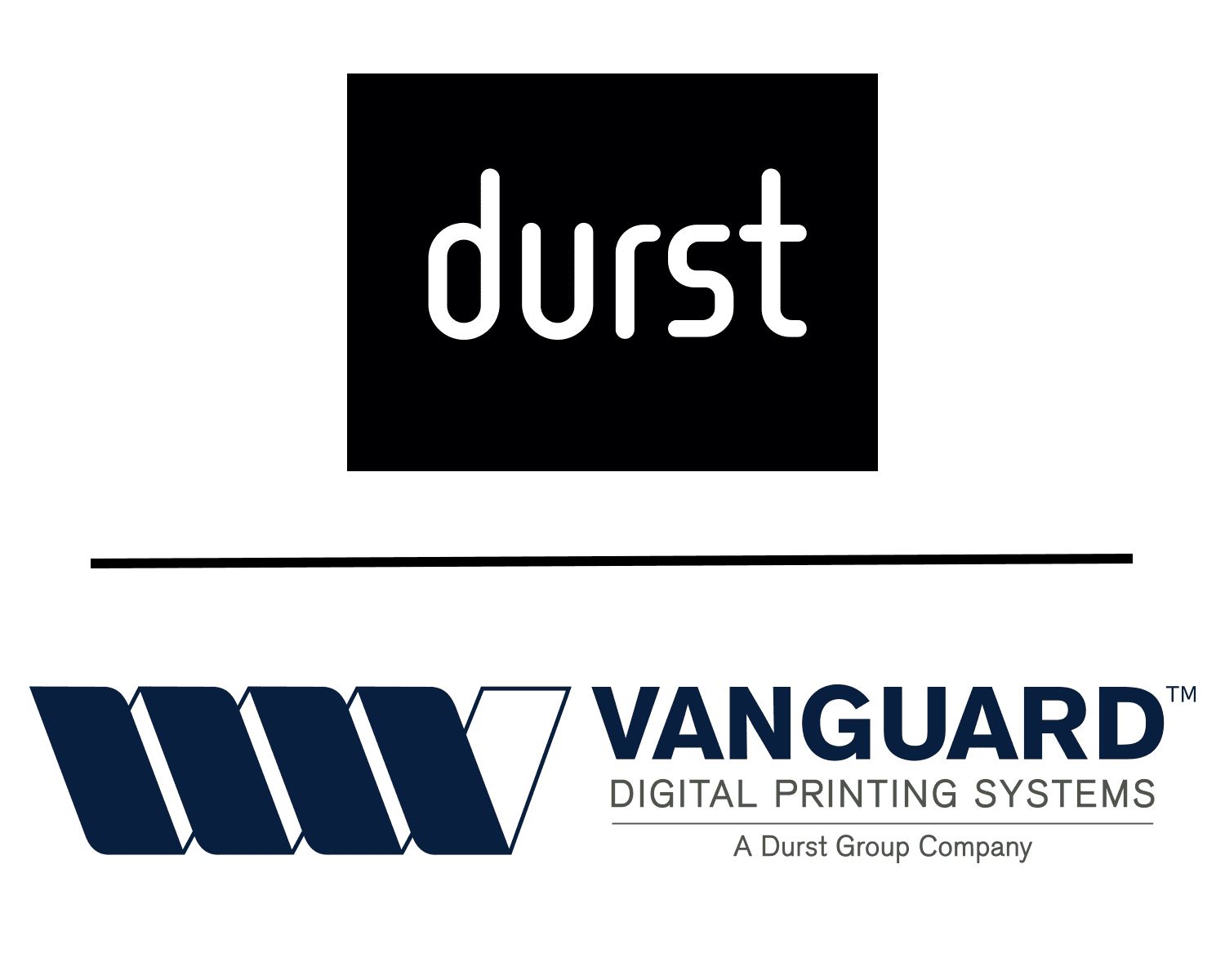
Acquires Vanguard Digital Printing Systems

P5 TEX iSUB Roll-To-Roll Dye Sublimation on Textile
P5 TEX iSUB Roll-To-Roll Direct Disperse Ink on Textile
LiftERP Software - Workflow/MIS/CRM
P5 TEX iSUB Pinnacle InterTech Award
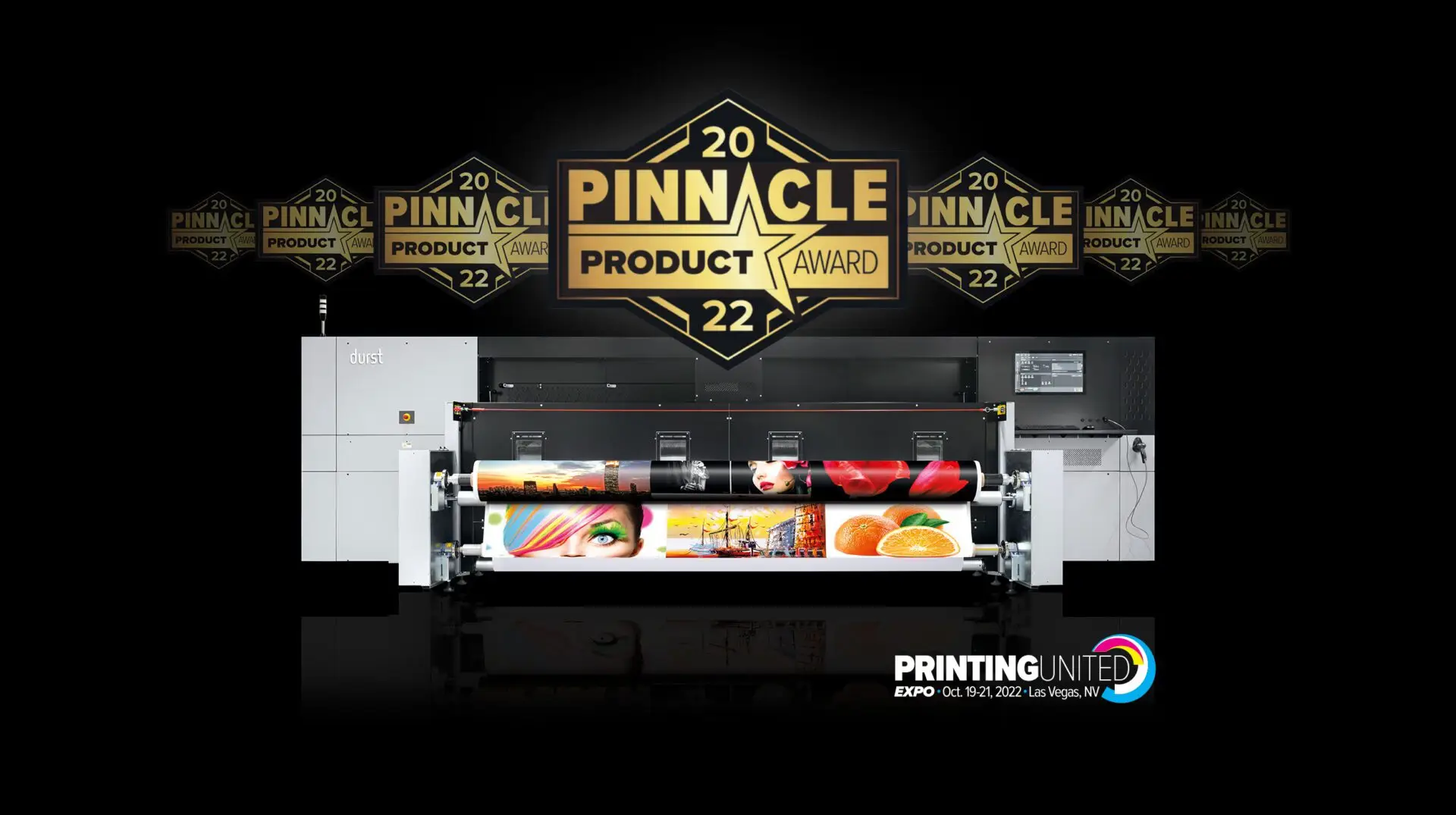
Delta SPC 130 Single Pass
P5 TEX iSUB Roll-To-Roll Direct Disperse Ink on Textile

| P5 350 HS D4 UV/Hybrid/Flatbed High Volume |
| P5 350 HS UV/Latex Hybrid |
| P5 500 Roll-to-Roll UV |
| P5 TEX Roll-to-Roll Direct Disperse Ink on Textile |
| Delta SPC 130 Single Pass |
| Durst Smart Shop Software – Web-based Design/Personalization/Product Building |
| P5 Robotics Pinnacle Technology |

Copyright © 2025 Durst Image Technology US | All Rights Reserved | Marketing & Web Design by Howell Studios